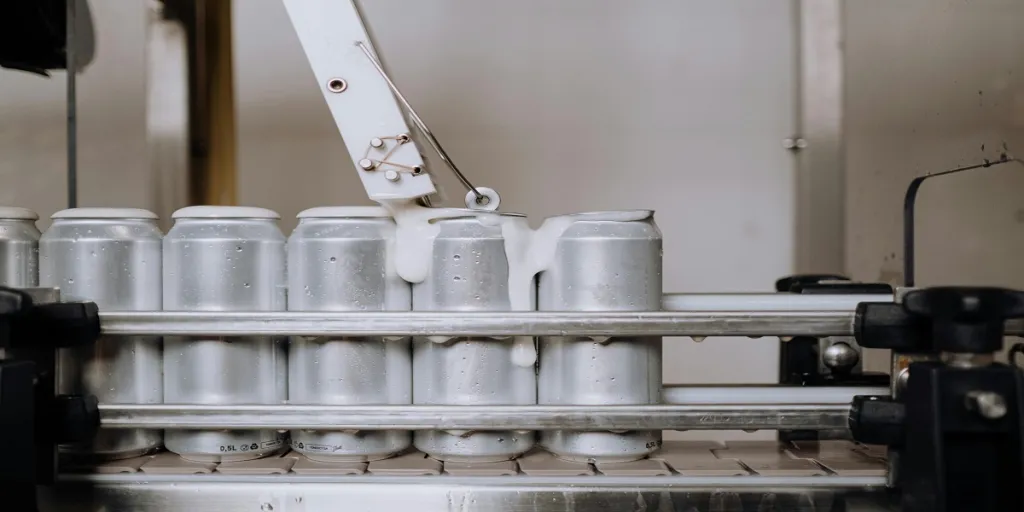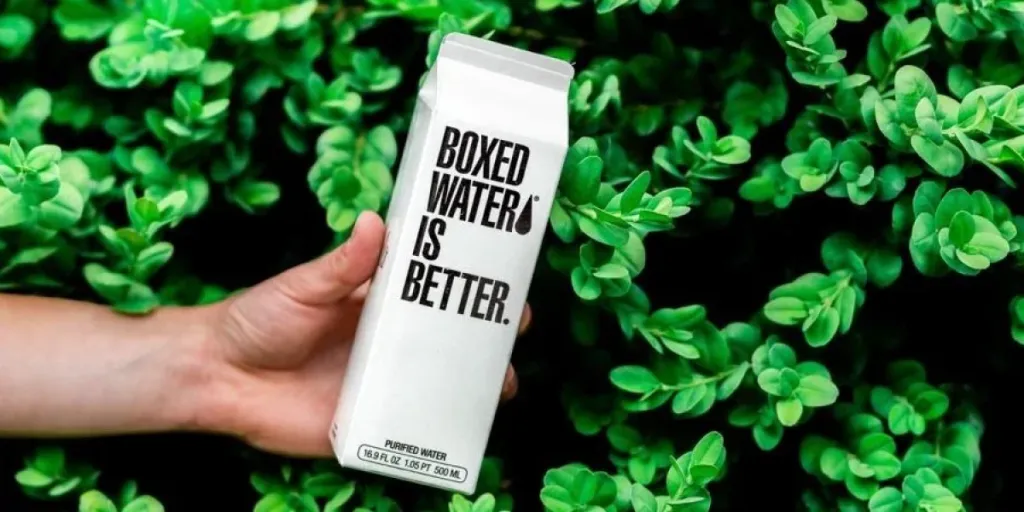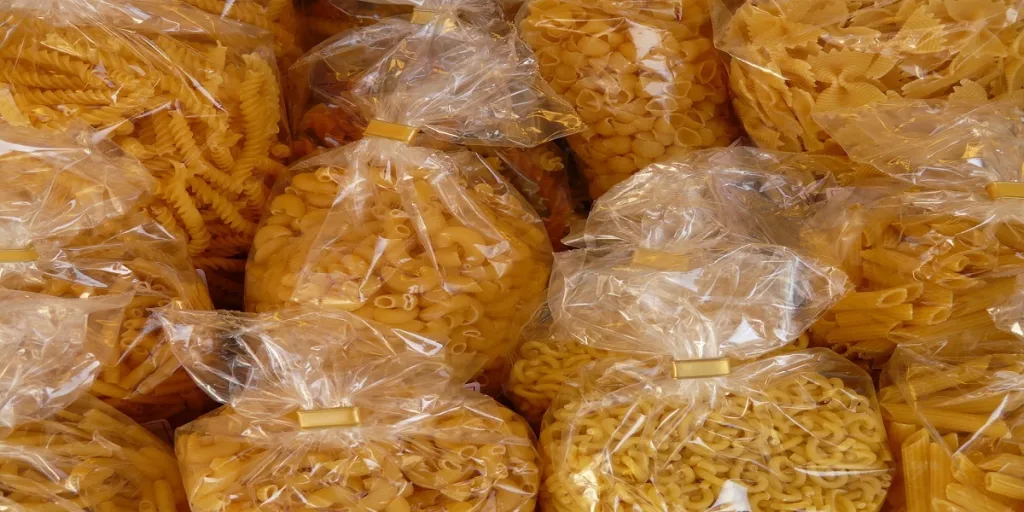Explore packaging’s evolution from ancient origins to modern innovations, highlighting its key role in preserving goods and shaping consumer behaviour.

Packaging has been an integral part of human civilisation since its inception. From the early days of humanity, the need to preserve and protect food and other essential items spurred the development of primitive packaging solutions.
Today, packaging is a sophisticated field that influences consumer lifestyles and societal norms. This article explores the origins of packaging, its evolution through history, and its significant impact on modern society.
The dawn of packaging: ancient innovations
The concept of packaging can be traced back to the earliest days of human existence. Our ancestors, primarily hunters and gatherers, faced the constant challenge of preserving their food.
To address this, they developed rudimentary packaging methods using available materials. Earthenware pots, for instance, were among the first known containers used to store grains and liquids.
These pots, made from clay, were durable and provided a relatively airtight environment, protecting contents from pests and spoilage.
In addition to earthenware, ancient people also utilised animal hides and leather pouches. These materials were flexible and portable, making them ideal for storing and transporting food items.
Leather pouches were particularly useful for nomadic tribes who needed lightweight, durable containers for their journey. These early innovations laid the foundation for the complex packaging solutions we see today.
Middle Ages to Industrial Revolution: advancements in packaging
As human societies progressed, so did packaging techniques. The Middle Ages saw the introduction of wooden barrels and crates, which were used extensively for transporting goods across long distances.
These wooden containers were sturdy and could be easily stacked, optimising space on ships and in warehouses. They played a crucial role in the burgeoning trade networks of the time, facilitating the exchange of goods across continents.
The Industrial Revolution marked a significant turning point in the history of packaging. With the advent of mass production and mechanisation, packaging materials and methods saw dramatic improvements.
Glass bottles and metal cans became widely used, offering better protection and longer shelf life for food and beverages. The development of paper and cardboard packaging also gained momentum, providing lightweight and cost-effective solutions for various products.
During this period, the concept of branding began to take shape. Manufacturers started to realise the potential of packaging not just as a means of protection but also as a tool for marketing.
Attractive designs and logos were printed on packages, helping to differentiate products and attract consumers. This shift marked the beginning of packaging as an essential component of product identity and consumer engagement.
Modern Era: packaging in the age of consumerism
In the modern era, packaging has evolved into a sophisticated and multi-faceted industry.
Technological advancements have led to the creation of innovative materials such as plastics, which offer unparalleled versatility and convenience. Plastics revolutionised packaging by providing lightweight, durable, and flexible solutions that could be moulded into various shapes and sizes.
This versatility made plastic packaging ubiquitous in the consumer market, covering everything from food and beverages to electronics and household items.
The rise of consumerism in the 20th century further propelled the importance of packaging. With an increasing variety of products available, packaging became a crucial factor in influencing consumer choices.
Attractive designs, ease of use, and functionality became key considerations for manufacturers. Packaging now had to serve multiple purposes: protecting the product, providing information, enhancing shelf appeal, and offering convenience to consumers.
The environmental impact and future of packaging
Despite its many benefits, modern packaging also poses significant environmental challenges. The widespread use of plastic, in particular, has led to severe pollution issues.
Landfills are overflowing with discarded packaging, and plastic waste has infiltrated oceans, causing harm to marine life. In response, there is a growing movement towards sustainable packaging solutions.
Biodegradable materials, recyclable packaging, and reducing excess packaging are becoming priorities for both manufacturers and consumers.
Innovations in packaging technology continue to emerge, aiming to balance functionality, consumer appeal, and environmental responsibility. Smart packaging, which incorporates technologies such as RFID tags and QR codes, is gaining traction.
These technologies enhance supply chain management, improve product tracking, and offer interactive experiences for consumers. Additionally, there is a focus on designing packaging that extends the shelf life of products, reducing food waste and improving efficiency.
The takeaway
Packaging has come a long way from its humble beginnings in ancient times. It has evolved through various stages, reflecting the advancements in human society and technology.
Today, packaging plays a vital role in our daily lives, influencing consumer behaviour and impacting the environment. As the industry moves forward, the challenge lies in developing innovative and sustainable packaging solutions that meet the needs of consumers while protecting our planet.
Understanding the history and evolution of packaging can provide valuable insights for packaging professionals as they navigate the future of this dynamic field.
Source from Packaging Gateway
Disclaimer: The information set forth above is provided by packaging-gateway.com independently of Alibaba.com. Alibaba.com makes no representation and warranties as to the quality and reliability of the seller and products.




